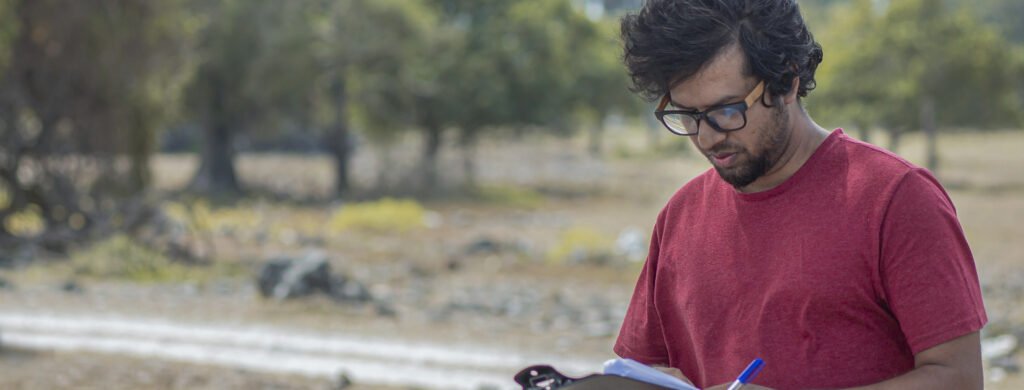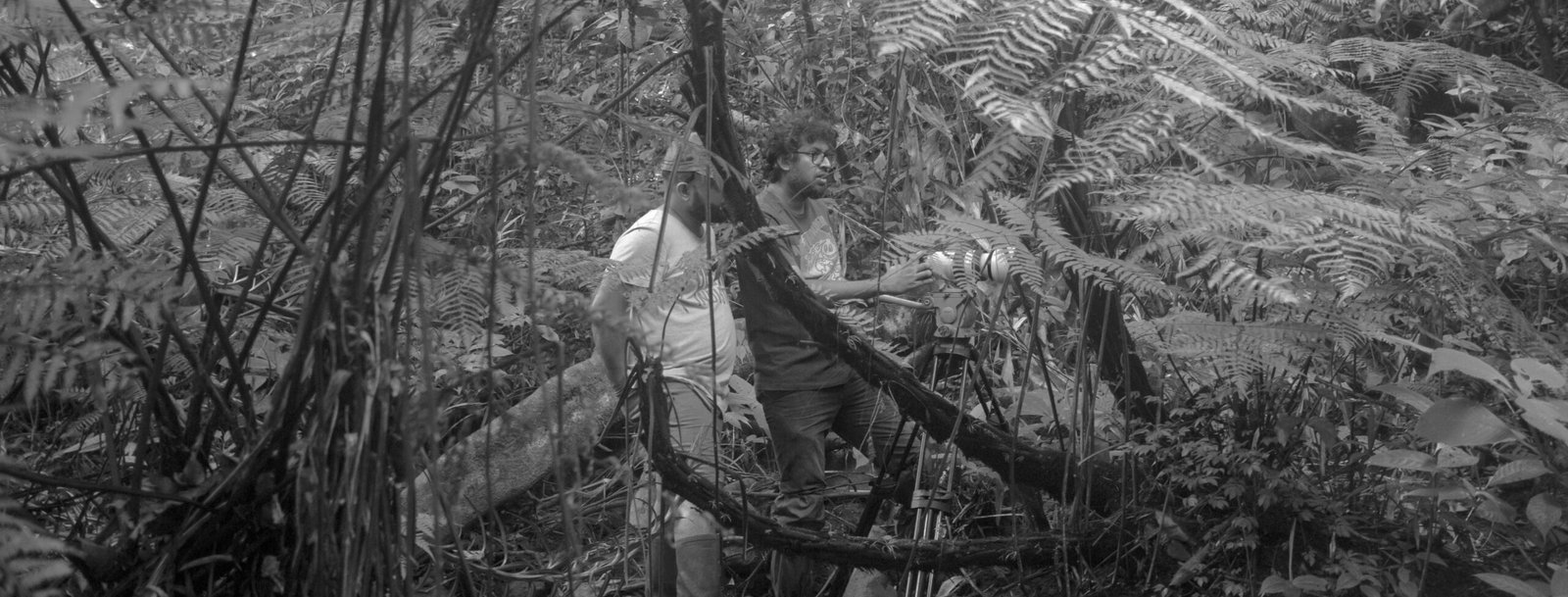
Director’s Perspective
From the creation of the script of the movie ‘Asmimānaya’, to its editing, I specifically investigated not only the philosophical basis of the deep analyzes of “I and the world” in Buddhism, but also the models built in preaching them as sutras. The related information is contained in the description given about the concept and format of the film. The nature and form of the dialogues in the long sutras of the ‘Tripitaka’ greatly influenced the construction of narrative styles and patterns in the script and edition. Likewise, the meanings expressed in the same dialogue passage, viewed in different sequences, are different. Care was taken not to damage the basic concept of the film while aligning its dialogues and visual language to generate multiple meanings.
Through this film, I propose that the entire human community should be oriented to a new philosophical and scientific method, going beyond the existing dimension to look at reality, existence, and individuality (I). Also, I believe that “the gap between what is perceived and what exists” should be understood philosophically and scientifically. The next challenging step in human evolution is an evolution of philosophical and intellectual thought throughout human civilization. It is a turning point in civilization, just the transition of man from the Stone Age to the Pastoral Age. If such a philosophical transformation does not take place in order to understand oneself, the world and reality, humanity and the existence of life on this planet will soon face a great crisis. By opening a new dimension of seeing the world and reality with such a philosophical approach, it will be possible to avoid many problems, weaknesses and shortcomings that have arisen due to the existing conventional reality. For that, as people in general, “reliability and approach to the reality we associate with” should be intellectually transformed.
The tiredness and frustration arising in this “reality” we associate with, which is not logical or intellectual, accepted by a collective agreement, has exceeded the limit and has now affected the entire world (even plants and animals). It can be observed that there has not been much progress or growth in the philosophical approach to the world and the “I” in relation to the development of knowledge and technology that man has acquired while evolving. That undeveloped ignorance raises the question of whether progress has been achieved except in the material state. With the advancement of science and technology, people’s perception of the world and self as mutually exclusive entities has not changed much even today. But recently, through new research in fields such as quantum physics, the problematic contradictions between existence and the material world are being identified. I feel that the philosophical basis for understanding this new trend and crisis is contained in Buddhism. It is necessary to re-question the reality that has been accepted and the nature that agrees with that reality by man for millions of years, and to understand the lack and contradiction in the way we have understood the world so far in the face of the global crisis we are currently facing.
Afterwards, the questions “What can we do as artists in this situation? For what purpose should the practice of art be guided?” arose in me. To understand the nature of existence, I realized that the answers lie in changing the perspective one sees oneself and the world, beyond what feels like reality. Many of the crises and painful situations we experience in life are caused by the friction created by the change of the nature of existence, more than the status that we think exists. It applies equally to personal relationships as well as to external physical objects. The theoretical knowledge and concepts in Buddhism can be used to practically re-read the reality that we have collectively agreed on at the given moment, and to create a better change in the world we associate with as that reality.
When facing face to face the existential crisis through life experience, what I did was to find out if there was an alternative philosophical approach. As a result of the effort to explore and understand the nature of self and the world, reality, and existence, it was discussed again and again through the practice of art. Although living in an environment where it is a challenge to even meet the basic needs, I invite the entire human society “to explore oneself, the world and the reality associated with it, with a better alternative way of thinking.”
“What you think, you become. What you feel, you attract. What you imagine, you create.” – Buddha
– Prasad Aluthwattha (Alutha)
SpaceEka Artist’s Residency
2023 April
